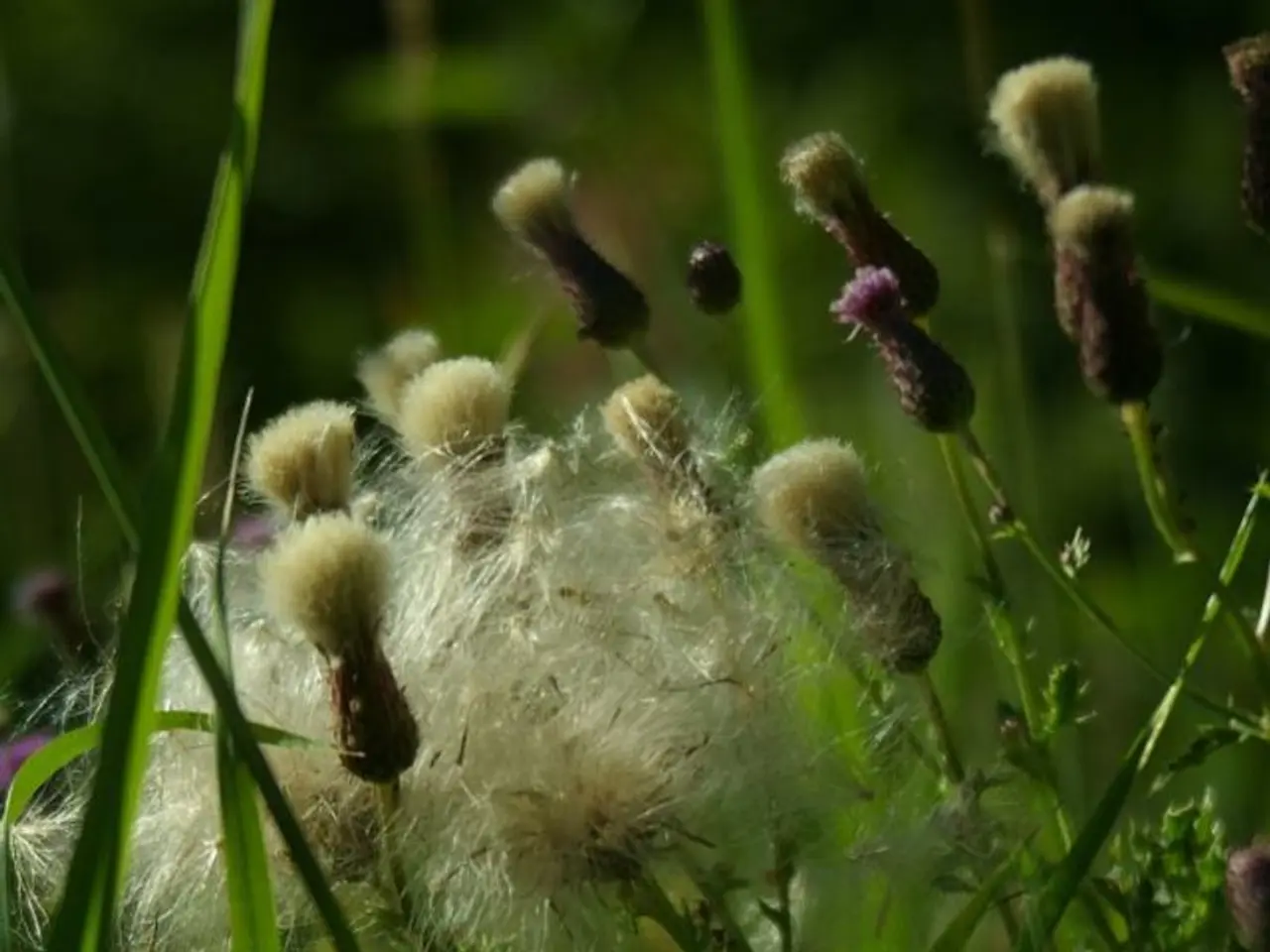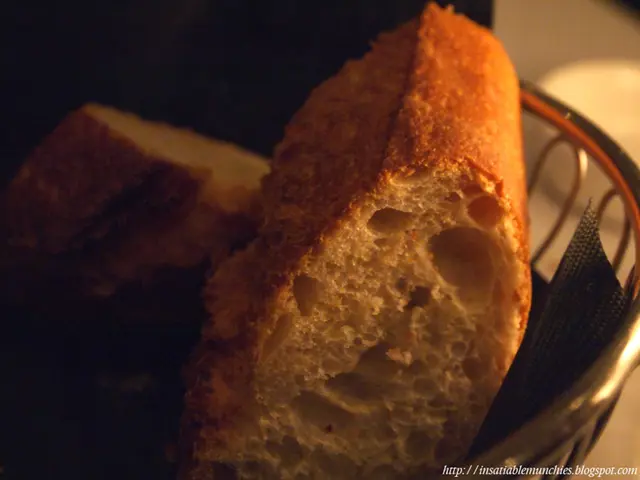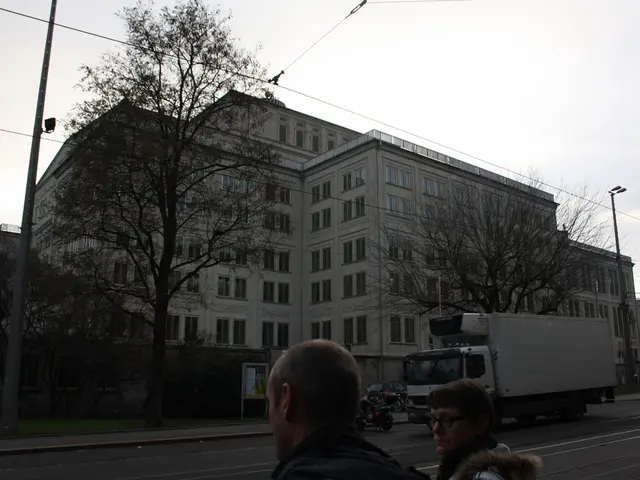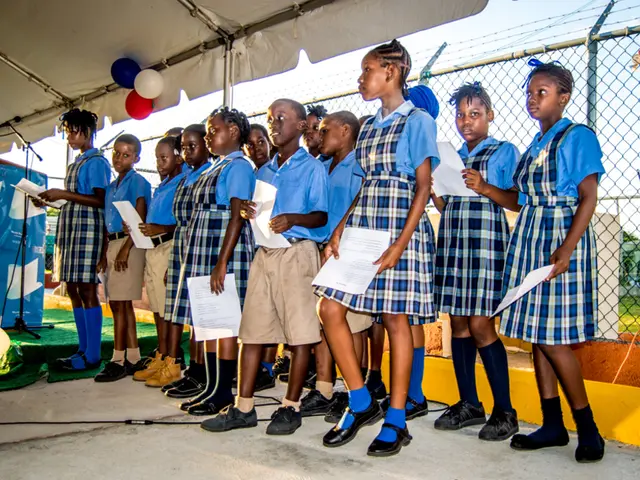"SouthEast Minnesota's Nitrate Water Quality Problems Addressed on Our Site"
In the heart of Minnesota, a significant shift in agriculture has been underway. A look back at 1940 reveals that southeast Minnesota had twice as many acres of hay and pasture as of corn. However, fast forward to the present day, and the scenario has changed drastically. Corn acres have more than doubled, while hay and pasture acres have decreased significantly 1.
This transformation, driven largely by the profitability of corn and the widespread conversion of native prairie and wetlands into row-crop agriculture, has led to increased soil erosion and runoff, negatively impacting water quality by raising sediment and nutrient levels in waterways 2.
One of the primary concerns is the contamination of groundwater and surface water due to excess nitrogen fertilizer application. This can lead to nitrate contamination, a problem that affects many private drinking water wells in the region 3. The water in springs in southeast Minnesota can range between 15 and 30 years old, meaning that current nitrate levels in private drinking water wells may reflect agricultural practices from up to three decades ago 4.
However, efforts are being made to address this issue. The University of Minnesota's Water Resources Center is developing an educational program to help private well users interpret their water test results and decide what to do to ensure clean drinking water 5. Similarly, the Nitrogen Smart program, launched in 2016, educates farmers and ag professionals about nitrogen best management practices through in-person meetings, online courses, podcasts, and more 6.
Strategies such as planting cover crops after harvesting short-season crops and implementing green methods are being adopted to mitigate nitrate loss from the landscape 7. Cover crops, such as cereal rye, can help keep roots in the ground for longer periods, reducing nitrate levels in the soil 8.
Some dairy farmers in southeast Minnesota are even harvesting cereal rye to feed to their cows, effectively "double-cropping" fields over the course of a year 9. The Forever Green Initiative at the University of Minnesota is also developing alternative crops for the region, aiming to diversify the agricultural landscape and reduce nitrate loss 10.
Moreover, applying a profitable nitrogen fertilizer rate and following nitrogen best management practices can benefit both farmers and water quality 11. The Corn Nitrogen Rate Calculator is a tool recommended for farmers to find a profitable nitrogen rate based on current corn and fertilizer prices 12.
The Southeast Minnesota Nitrate Strategies Collaborative Work Group has released recommendations for next steps, including more living roots in the ground for longer periods, support for alternative crops and land uses, increased implementation of best management practices for nitrogen, and education and outreach 13.
Last year, Minnesota farmers harvested 7.7 million acres of corn, 7.3 million acres of soybean, and 1.2 million acres of wheat - the state's top three crops 14. Despite the dominance of these crops, the region's unique geology - particularly its porous Karst geology - makes it particularly vulnerable to nitrate loss 15.
Manure should be tested and accounted for in terms of nitrogen for optimal management 16. University of Minnesota specialists and educators are working to mitigate nitrate loss from the landscape by educating farmers and landowners about nitrogen best management practices 17.
Despite the challenges, corn remains the most profitable crop farmers can grow in the upper Midwest, with corn potentially grossing $1,250 per acre in a good year, compared to $700 for soybeans and $300 for wheat 18. The journey towards sustainable farming in southeast Minnesota continues, balancing profitability with environmental responsibility.
Read also:
- Inherent Skills Know No Bounds, Yet Access to Employment Remains Unequal: Suggestions for a More Equitable Job Market of the Future
- Affordable supermarket purchases from dollar stores are not sabotaging typical American nutritional habits, according to research findings
- Impact of Chronic Stress on Cognitive Function and Brain Integrity Over Time
- Cross-Border Wind Farm in Asia Generates 600 MW of Power through Monsoon Wind








